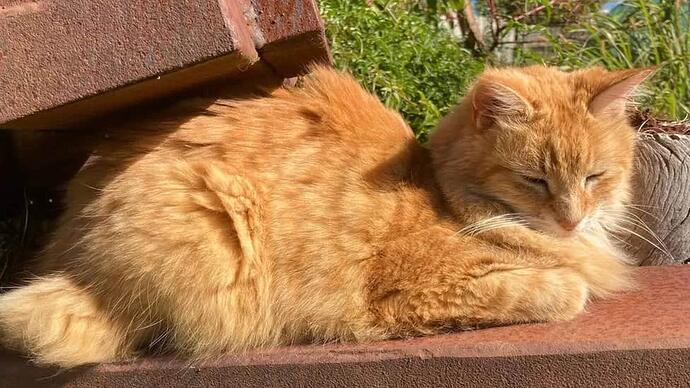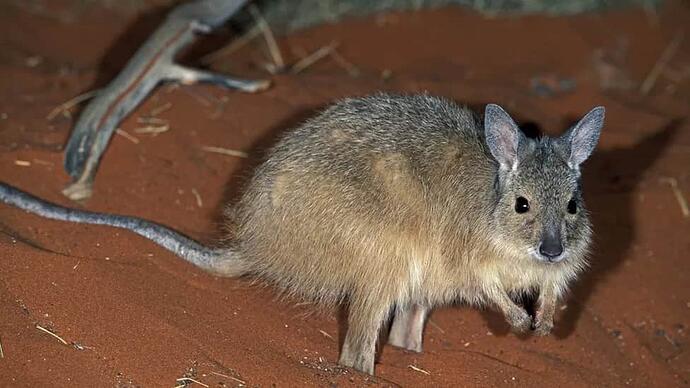Australia has a cat problem. Its population of just over eight million feral and domestic cats are thought to kill billions of native creatures each year, many endangered.
Juniper, an 8-year-old ginger cat belonging to Hugh Fathers
A typical domestic cat like Juniper in New South Wales will kill more than 180 native creatures every year, suggests data from Threatened Species Recovery Hub. And her feral feline cousins, whose population fluctuates between two and six million, are even more voracious, each killing about 790 wild animals per year. The overall toll - some two billion mammals, birds and reptiles - approaches the estimated wildlife lost, injured or displaced in the 2019-20 Black Summer bushfires disaster - every year.
Prof Sarah Legge from the Australian National University says cats were “the primary contributor” to the extinction of two-thirds of the 33 Australian mammal species lost since colonisation.
“That’s a massive extinction rate… you don’t see that replicated anywhere else in the world. They continue to cause mammal declines today,” she told the BBC. “There’s eight species that only survive now in cat-free areas, so either islands or fenced areas on the mainland.”
Low-level cat regulations like microchipping and registration exist across Australia. And concern about the impact of roaming cats has led almost one-third of councils to bring in cat-free areas, cat curfews or containment rules. But restrictions vary widely and there are no containment laws at all in Western Australia or the most populous state, New South Wales (NSW).
Around 30% of Australia’s cat owners already contain their pets, either indoors or in specially constructed cat enclosures, sometimes referred to as “catios”.
Last year the Australian Capital Territory (ACT) showed one possible future model for the whole country. Alongside a mandatory cat register, cat containment suburbs were expanded across Canberra and a curfew for all cats born after 1 July was brought in. Existing free-roaming cats were permitted to remain at large “to allow a fair and gradual transition”, ACT Minister for Transport and City Services Chris Steel told the Canberra Times newspaper.
With the cats in retreat, native species can recover in “spectacular fashion”, says Prof Legge. “Boodies (burrowing bettongs), stick-nest rats, western barred bandicoots, rufous hare-wallabies, banded hare-wallabies… increase in population size very markedly.”
A rufous hare-wallaby - extinct in the wild on the Australian mainland
“It’s been estimated that pet cats that are safely contained, or [with] controlled access to the outdoors will live up to 10 years longer than free-roaming cats,” he says. That longer lifespan comes from reduced risk, says Prof Legge. “They’re not going to get hit by a car, mauled by a dog or pick up diseases. As long as you’re providing a behaviourally enriched environment, at home or in the catio, the cat’s better off.”
Cats - “an invasive alien species” … ![]()


